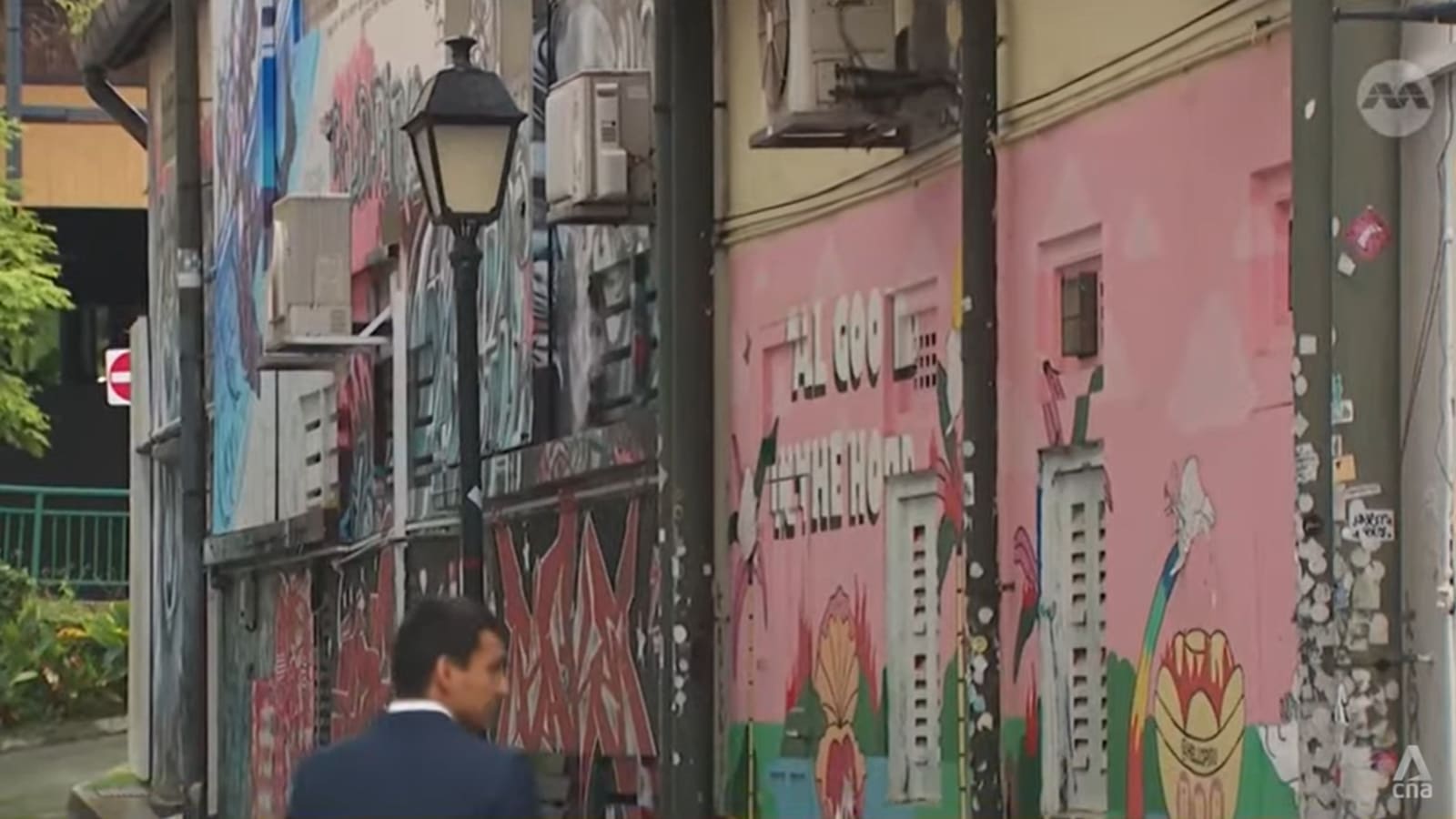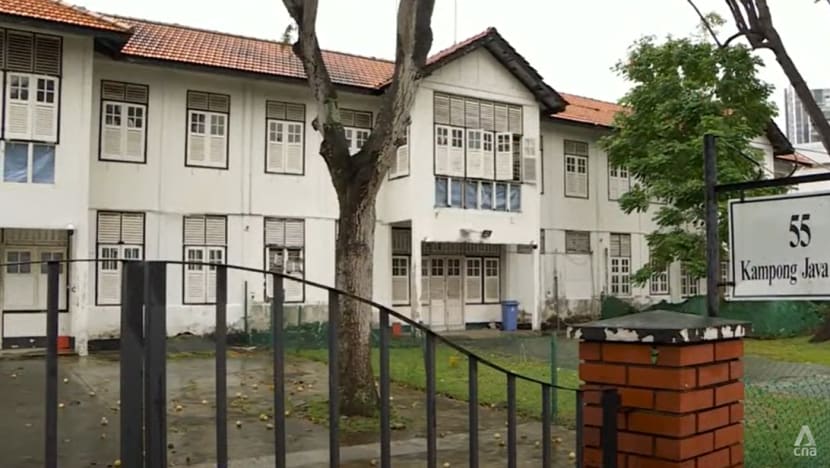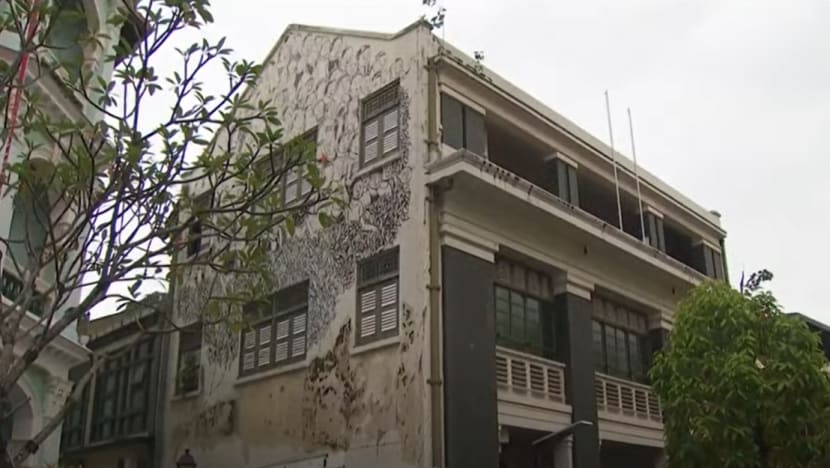
SINGAPORE: The National Arts Council (NAC) is building and enhancing spaces for artists in Singapore to create and promote their work, both at physical sites and on digital platforms.
The initiatives came about after the NAC gathered feedback from more than 1,300 industry stakeholders and some 15,000 members of the public on how to boost the arts scene here.
One such site being turned into a home for artists is a space in Kampong Java, which will be transformed into a bustling arts village by the end of next year.
Through focus groups convened by the NAC, artists were able to contribute to discussions on the future of the former residential estate.
They reached a broad consensus that the area should be turned into a sandbox for art work of various disciplines.
LACK OF SPACE FOR ARTISTIC CREATION
Artists said that while they are able to find places to showcase their work, there is a lack of conducive spaces for experimentation and creation.
“In the current arts landscape in Singapore, there are very few opportunities for making, for incubation, for experimentation; for artists and creatives to really prioritise and emphasise on artistic making – the process of taking time to play, to just muck around,” said production and arts manager Hoo Kuan Cien.
As such, initiatives like Kampong Java are essential for the community to “take ownership of space and turn it into their own studios,” he said.

For more autonomy and diversity among the residents, he suggested leasing the units to a range of artists and groups, instead of a single master tenant.
Conservation guidelines aside, he also hopes that there will be flexibility on how the space can be used creatively.
“I feel like to make art that is really compelling, that tells really compelling stories of who we are as Singaporeans, to resonate with our cultural identity, we need ample time and space.” Mr Hoo said.
Culture, Community and Youth Minister Edwin Tong said the government is keen to provide more support to artists and “give spaces for art to happen”.
“These are spaces where the government is prepared to let the the arts community take the lead in telling us what they want,” Mr Tong told Singapore Tonight on Monday (Mar 6).
“A little bit of messiness in that space is something that I think we need. So we are very much prepared to allow that to happen,” Mr Tong added.
RETAINING THE VIBE OF SUBSTATION
Another creative space undergoing a facelift is 45 Armenian Street, which used to house The Substation.
It had been seen by many creatives as a beloved, vibrant home for the arts, but shuttered in mid-2021 after being told it could not retain full control over the premises.
While it is now being turned into a multi-tenant arts centre, there is still a strong desire among the local arts community to retain the spirit that made the space special.
A panel of industry experts has since been roped in to shape the future of the location.
“I remember growing up with The Substation, having first dates there, enjoying that kind of sexy, edgy vibe,” said Ms Mae Anderson, chairman of non-profit arts organisation Art Outreach.

“This space is associated with so much – with experimentation, with openness, with excitement, with very progressive views on what could be,” added Ms Anderson, who is also a member of the panel.
“It almost seemed like you needed to go there and figure out what’s next, or the next best thing to be looking out for. That really should be retained.”
Ms Anderson and the panel has recommended having a lean programming team to balance business and non-profit activities, guided by a group of advisors.
They also want the location to be an inclusive arts space focusing on experimentation and mentorship, with collaborations with museums and universities in the vicinity.
GOING DIGITAL FOR WIDER REACH
Beyond physical spaces, the NAC is tapping the digital realm for artists to reach a wider audience.
At the end of this month, it is launching a platform which suggests programmes based on users’ preferences and browsing history.
Demand for the arts is expected to rise as technology enables new forms of art production and consumption through different mediums and platforms, said Mr Tong.
“With digitalisation (comes) the ability to grow new audiences and the ability to go deeper with existing audiences,” Mr Tong said, citing the ongoing Van Gogh: The Immersive Experience art exhibition as an example.
“You are used to seeing Starry Night in the gallery in the museum, but it is now presented on a huge scale, with music, presentation, graphics, movement.
“All of this is part of the new digital creative economy and the skill sets behind that, the value add that we can give to new audiences, all of this are untapped potential.”
Aside from building a digital ecosystem, Singapore’s next Arts Plan aims to improve career prospects for practitioners by ramping up support and growing audiences.
The government will boost the sector through new business models, revised intellectual property rights and new programmes for students at the University of the Arts Singapore.
Future graduates can look forward to better job prospects and pathways as Singapore’s creative economy grows under the plan.
“There will be greater focus on increasing access to the arts, and creating more occasions for people to share meaningful experiences through the arts,” Mr Tong said.

